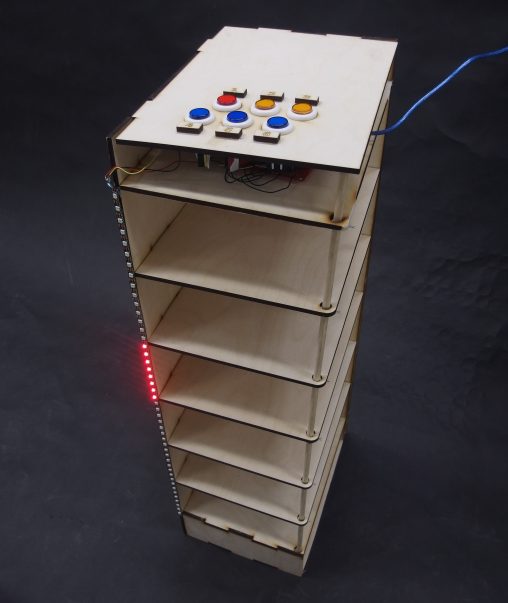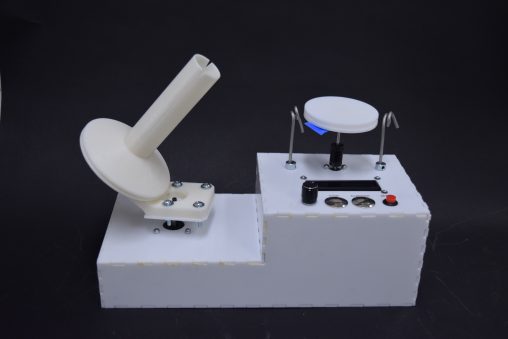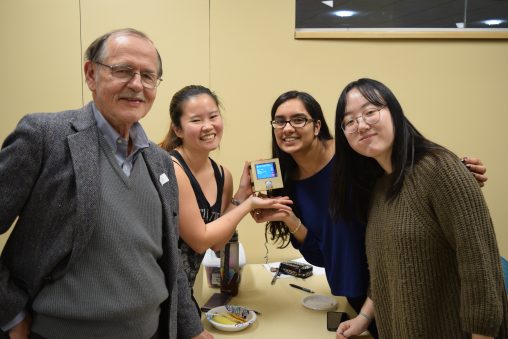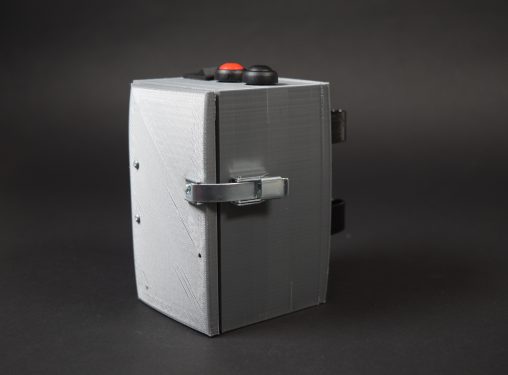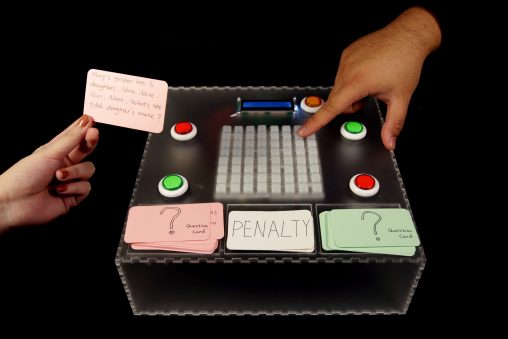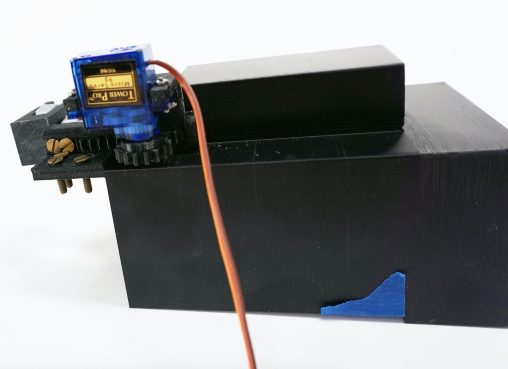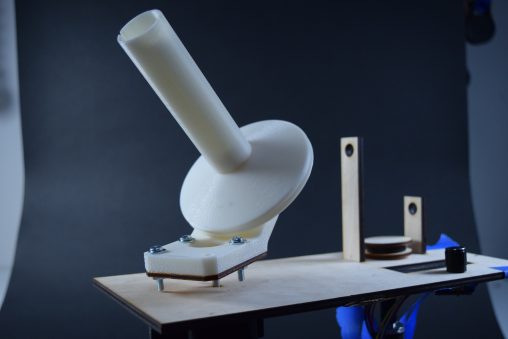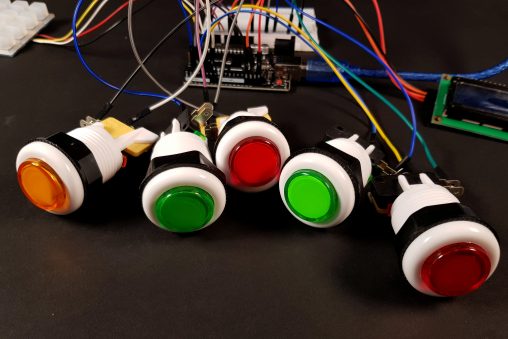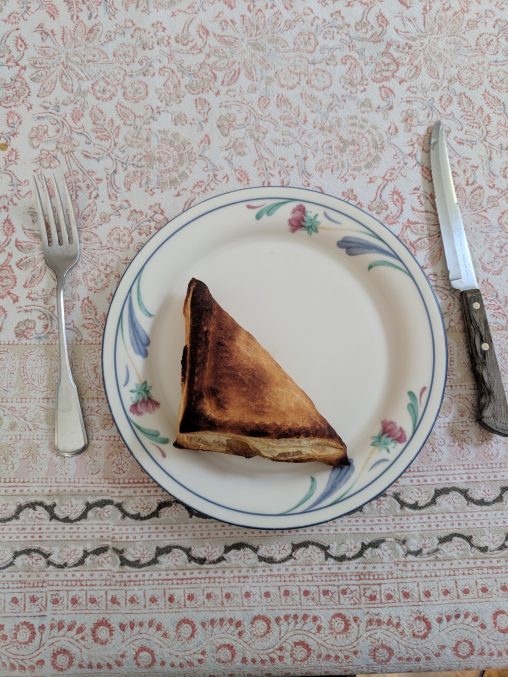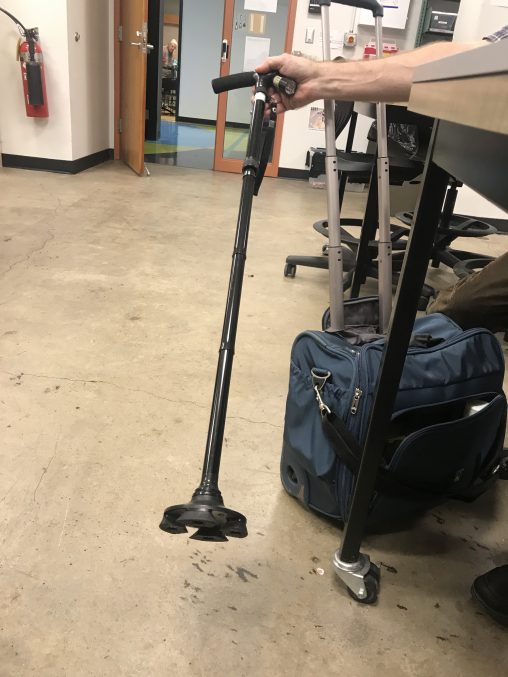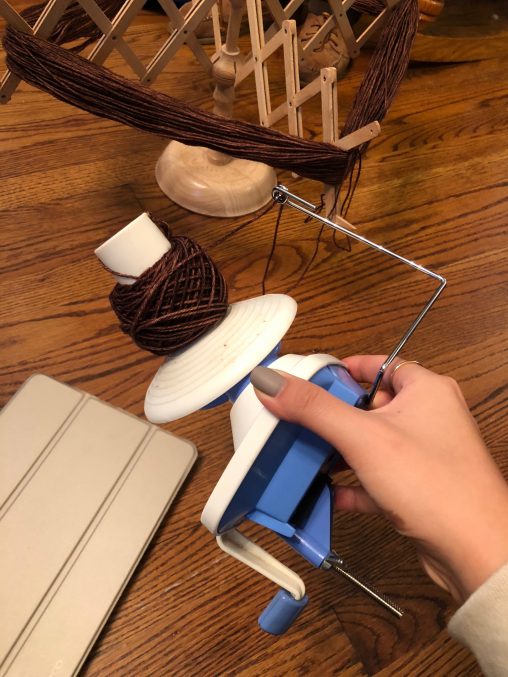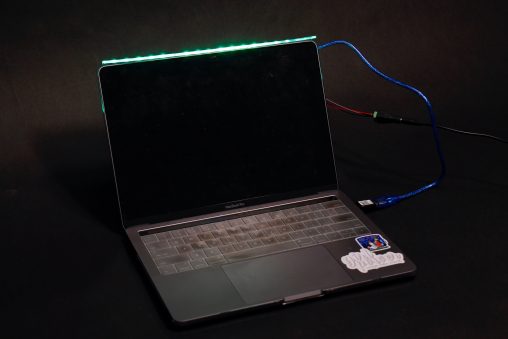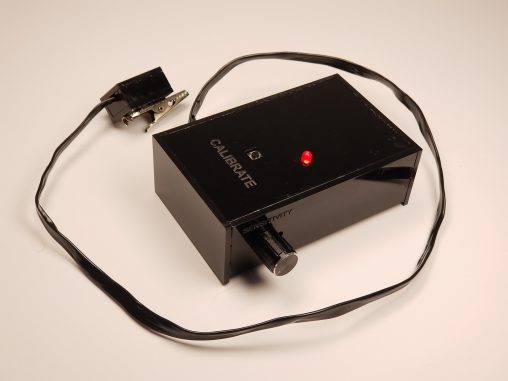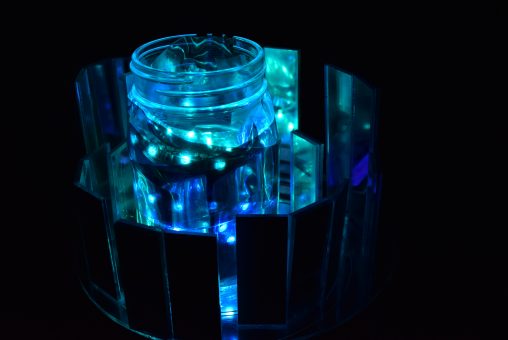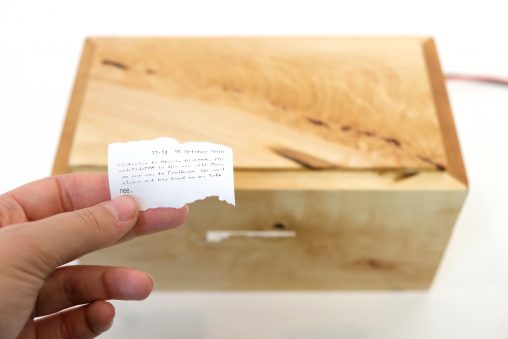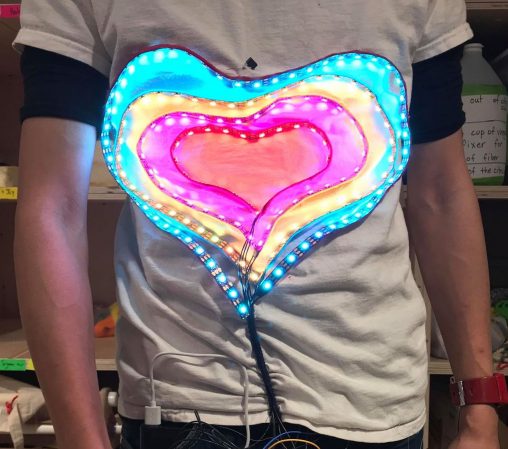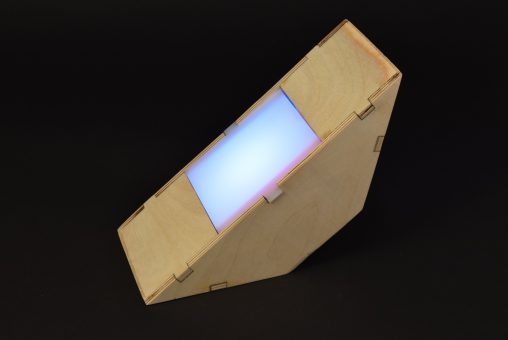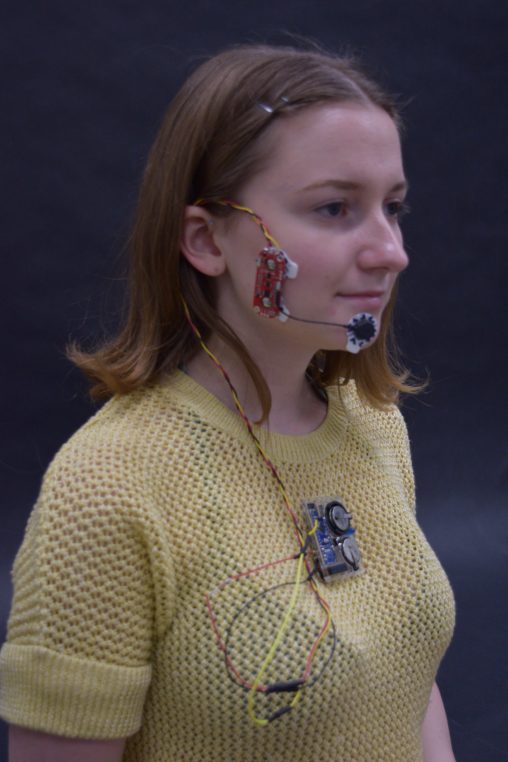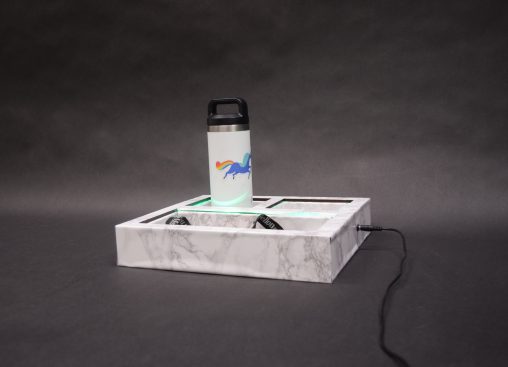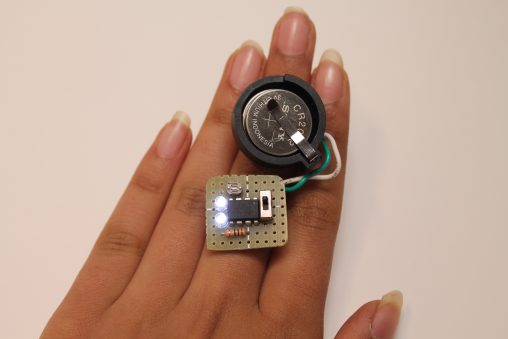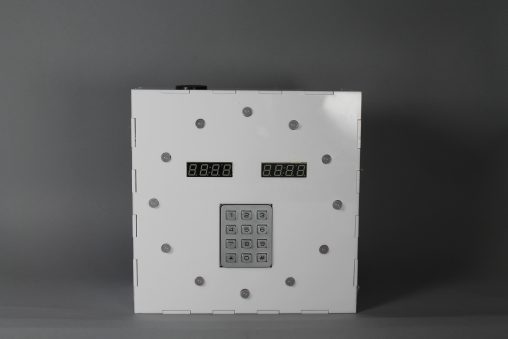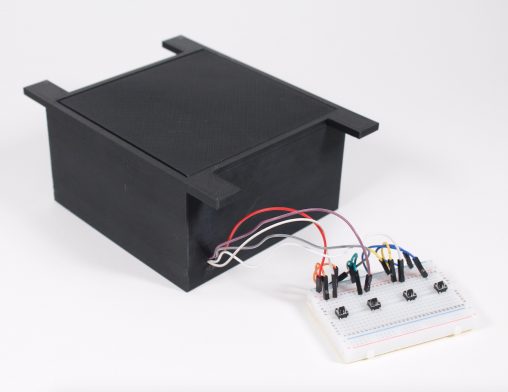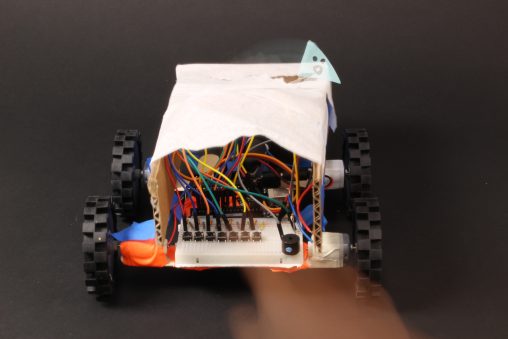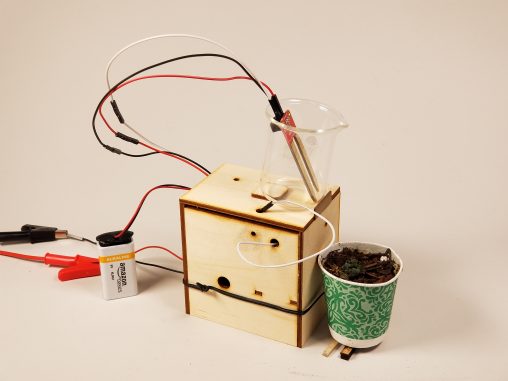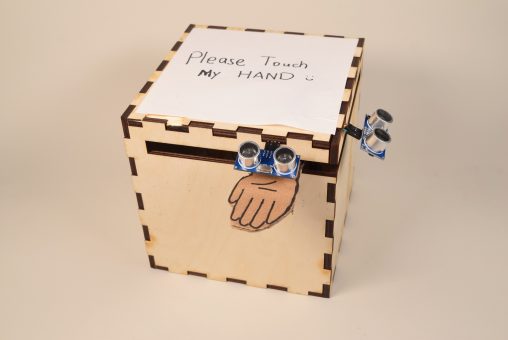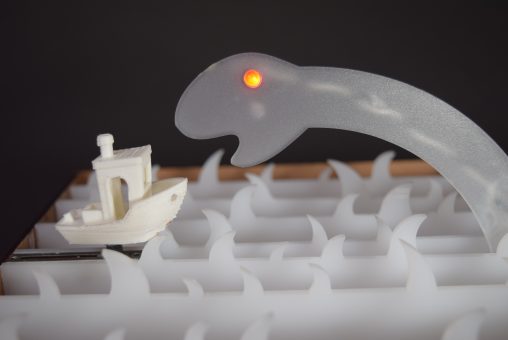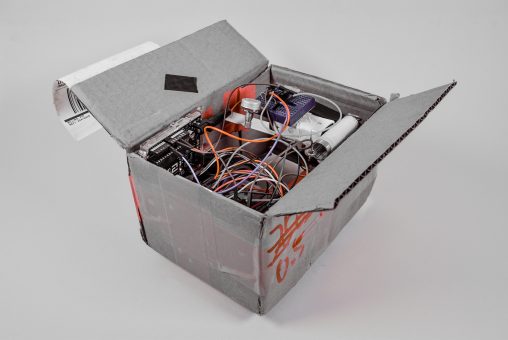For this project, our assignment was to meet with an older friend, learn about them, and make them some sort of device that they could use daily to…
This backpack lets me know if I have the chargers I need in my backpack by lighting up the LEDs on the top and forces me to organize…
This is an automated plant watering system. The system detects when a plant is low on water and automatically waters it if it is. This a very useful…
By gabbapeople (on instructables) Short description: This person created a split-flap display that shows the weather including the temperature and conditions using abbreviations on the display based on…
Project title: E-Textile Fabric Origami Project creator: SparkFun Short description: The Creative Engineer Sarah was using the fabric technique – smocking to create three unique fabric origami E-Textiles…
Title: Alzheimer’s Assistant Creator: Abdullah Sadiq Description: The Alzheimer’s Assistant is a system designed to help both patients and their caretakers. The creator set out a list of minimum…
The TV B Gone by Mitch Altman was created with Arduino and has the sole purpose of turning off TVs in public spaces without having access to a remote…
https://create.arduino.cc/projecthub/relativty/relativ-build-your-own-vr-headset-for-100-57adba?ref=platform&ref_id=424_trending__intermediate_&offset=4 Created by Maxime Coutté , Jonas Ceccon, Gabriel Combe and their math teacher and my math teacher Jerome Dieudonne Description: “We couldn’t afford an Oculus so we…
Project Title: Dance Pad with Arduino and Smartphone Project Creator: raef_madin Short Description: The Dance Pad was created to resemble a dance game such as DDR, when you…
Project: Punch Activated Arm Flamethrowers Creator: Allen Pan Description: Through combining a butane fuel chamber, solenoid valve, modified arc lighter, Arduino Pro Mini, and an accelerometer, you can…
Title: Trampolino: Arduino Powered Liquid Pouring System Creator: Savio Dimatteo Short Description: This system automatically pours out distinct volumes of water. It can be used to water plants…
Project Title: Training Heart Rate Zone Monitor Watch Project Creator: Ashley Hah and Marissa Kuhns Short Description: A useful heart rate detection watch that can be worn doing…
Creator: MakeUseOf A simple RFID triggered locking mechanism. I really like the potential of RFID in body implants, clothing tracking and simple automation of mundane daily activities. This…
Project title: Click Canvas, an Interactive Wall Project creator: Natthakit Kim Kang Short description: Click Canvas is an interactive wall for anyone to show their creativity. It’s an interactive…
Project title: Arduino Bike Turn Signal Project creator: Omar Gonzalez, Elvin Chu Short description: This project is a bike turn signal based on Arduino. As cyclist riding at night, there…
Project Title: Intelligent Biomedical Monitor Project Creator: Gabriel Santiago Description: This project uses an Arduino to detect and record vital signs on a patient, which are then sent…
Project Title: Conductive Interactive artWork Project Creator: Not credited on YouTube Short Description: The artist takes a drawing of a face, which seems ordinary, but when touched…
By B. Aswinth Raj This piano is pretty much plain with just 8 push buttons and buzzer. It uses the tone() function of Arduino to create various types of…
Project Title: Secret Knock Detecting Door Lock Project creator: Steve Hoefer Short description: If the user does the correct knock, the door unlocks. You can reset the knock…
Project: Twitter Mood Light: The World’s Mood in a Box Creator: RandomMatrix on Instructables (Source: https://www.instructables.com/id/Twitter-Mood-Light-The-Worlds-Mood-in-a-Box/) The Twitter Mood Box is a color-changing box that tells you how the…
Project Title: Polar Drawing Machine Project Creator: David (https://create.arduino.cc/projecthub/ArduinoFT ) Short description: Most plotters use x and y coordinates, but this one uses polar coordinates. The drawing surface…
Project Title: 3D-Printed Model of “Invertigo” from King’s Island Park Creator: Matt Schmotzer, Purdue University This is a roller coaster almost entirely 3D-printed by Matt Schmotzer of Perdue…
Project title: Tide Tank Project creator: Robert Zacharias Short description: A creative technologist in the South Bronx worked with high school students at a boat-building education nonprofit. The…
